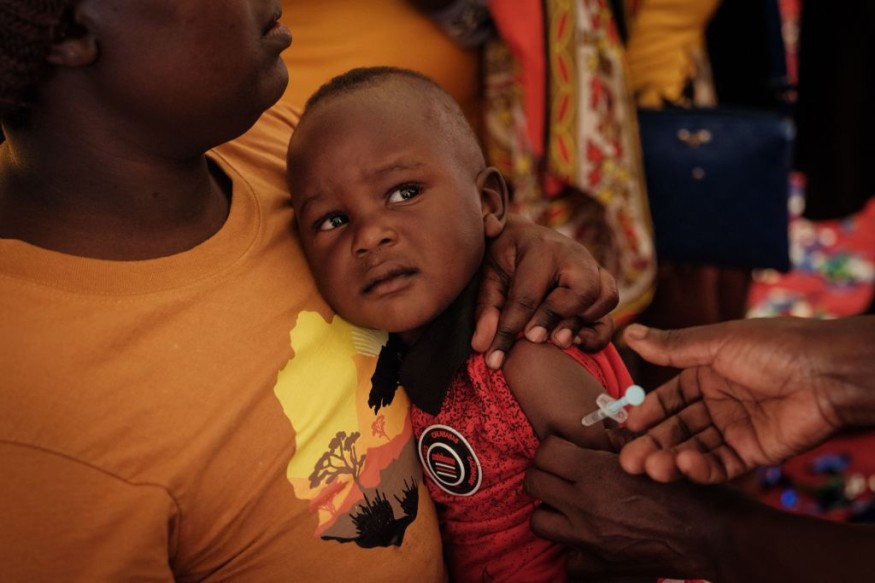
The human-caused climate crisis, which is causing more frequent and severe heat waves as well as storms that leave pools of water where mosquitoes prefer to nest, has been threatening Kenya's fight against malaria.
Malaria is a disease that places a substantial strain on many African countries' health-care systems.
Malaria zone
Malaria-carrying mosquitos targeting populations in Kenya are threatening regions where outbreaks were previously rare.
Kenya Medical Research Institute (KEMRI) scientists are looking into reports of malaria cases in people who haven't recently moved out of areas previously designated "malaria-free."
This includes the Kikuyu highlands on the outskirts of Nairobi, where scientists discovered malaria-transmitting mosquitoes for the first time.
According to a recent analysis, a large increase in temperature in the area - roughly 1.3 degrees Celsius over the last 60 years - could be a driving factor.
Almost every month, Mary Achieng's family visits the malaria unit at Nightingale Hospital in western Kenya. She is being treated with her two sons, ages 4 and 12, during this visit in late August.
All three are battling a sickness that has long ravaged their region.
"Malaria has hit my family hard. In a month, I use about $35 on drugs and the following month, one of them falls sick again," she said in an interview. "Right now we're in hospital, they are not in school and I haven't been able to open my business."
Gitahi Githinji, group CEO of the nonprofit Amref Health Africa and who is based in Nairobi, said that the behavior of the mosquito transmitting malaria is changing rapidly due to global warming and noted that the public health system is not prepared for this resurgence.
The report also suggested that malaria-transmitting mosquitoes have reached new heights in Sub-Saharan Africa, gaining 21 feet in elevation every year on average during the last 120 years.
According to the World Malaria Report 2022, there were an estimated 247 million malaria cases worldwide in 2021, with 228 million (95%) in the African area.
Malaria killed nearly 619,000 people in the same year, largely in Sub-Saharan Africa, with children under the age of five being particularly vulnerable to the disease.
"Where cooler places now are becoming warmer, we are seeing increased malaria rate in those areas because of mosquito multiplication," said Richard Munang, climate change program coordinator for the UN's environmental agenc
Experts also warned that other continents are also at risk as malaria mosquitoes are migrating to other areas that are conducive for them due to changing temperatures.
Combating malaria
Over the last two decades, scientists and health experts have made significant progress in combating the disease by employing a variety of preventative measures.
Increased distribution of insecticide-treated bednets, preventative antimalarial medicine doses, and nationwide awareness programs have all contributed to a substantial reduction in malaria in Kenya.
With the launch of the world's first malaria vaccine, which has been hailed as a breakthrough, there is discussion of elimination one day.
Since the vaccine's pilot roll-out in 2019, around 1.7 million children in Kenya, Ghana, and Malawi have benefited, resulting in a significant reduction in severe malaria and child fatalities.
Damaris Matoke-Muhia, principal research scientist of the KEMRI's Malaria Lab, said experts are already at the verge of bringing cases to minimum or to non-detectable levels.
Related Article : 'Historic Day': WHO Initiates Widespread Rollout of First-Ever Malaria Vaccine in Africa
Related Video:
© 2025 NatureWorldNews.com All rights reserved. Do not reproduce without permission.





